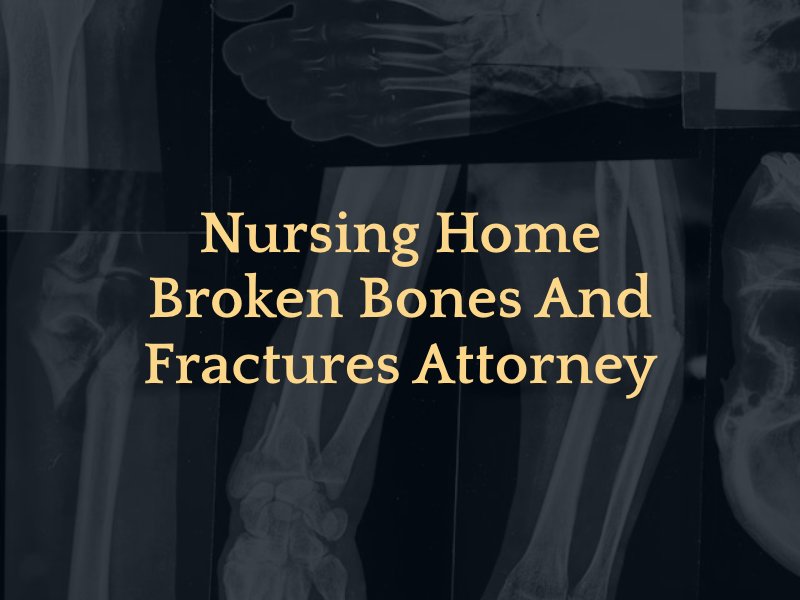When elderly loved ones begin to need around-the-clock care for their safety and their medical and daily needs surpass the abilities of family members, the best option available for most families is to place the elderly loved one into a nursing home. We have the hope that the facility will live up to its promises and that administrators and staff will fulfill their legal duty to provide competent, compassionate care with respect for their human dignity and support for their self-determination.
The best-case scenario is for the aging citizen to live out their remaining years as comfortably as possible. Unfortunately, that isn’t always the case. Nursing home residents commonly suffer from injuries, including broken bones and fractures that are dangerous to the vulnerable elderly.
If you suspect that a loved one has experienced neglect or abuse, it’s crucial to consult with Phoenix nursing home abuse lawyers who can help protect their rights and ensure they receive the care they deserve.

What Causes Broken Bones in Nursing Homes?
Despite the duty of care placed on nursing home caregivers, nursing homes are commonly understaffed, experience high staff turnover rates, and have overwhelmed, under-trained employees. Additionally, budget constraints often result in inadequate maintenance and broken equipment. Common causes of broken bones in nursing homes include:
- Slip-and-fall and trip-and-fall accidents
- Broken handrails
- Lack of adequate handrails and grab bars
- Lack of assistive walking equipment like walkers
- Improperly maintained walkers
- High beds
- Improper bed rail use (causing a resident to have to climb over a rail
- Slippery floors
- Cluttered floors
- Inadequate lighting
- Loose or rolled mats or carpets
- Drops by caregivers during transfers from bed to chair or chair to bed
- Abuse
Nursing home administrators must have adequate well-trained and capable staff members and provide a safe living environment with well-maintained equipment to prevent falls and fractures.
Types of Fractures in Nursing Homes
Because the elderly have more fragile or brittle bones, they are more likely to experience fractures from falls or hard blows, including hip fractures that increase mortality risk in the elderly. Common fractures seen in nursing home residents include:
- Fractures of the wrists and arms
- Fractured ankle or leg
- Broken hip
- Pelvic fractures
- Broken ribs
- Broken clavicle
In the worst-case scenarios, nursing home fall victims may suffer back, neck, or skull fractures with deadly consequences.
Long-Term Impacts of Fractures on Nursing Home Residents
Broken bones are serious in nursing home residents. Hip fractures lead to a 30% chance of increased mortality, with an alarming 16.7% of seniors over the age of 65 with hip fractures dying within 30 days of the injury. When a hip or limb fracture causes immobility in an elderly nursing home resident, the result can be dangerous consequences such as infection, blood clots, pneumonia, bedsores and urinary tract infections. Studies show that bone fractures in medically fragile elderly nursing home residents often lead to long-term medical problems, worsened health conditions, and sometimes death.
How Can a Nursing Home Lawyer Help?
When a nursing home’s administration and caregivers fail to uphold their duty to protect the residents in the care from harm, including falls and other causes of fractures, the results can be health decline and death. At Knapp & Roberts, we understand the toll it takes on families when they learn that an elderly loved one suffered a serious injury like a broken bone in a nursing home. Call the nursing home lawyers who can help give your elderly loved one a voice for justice in their case.
